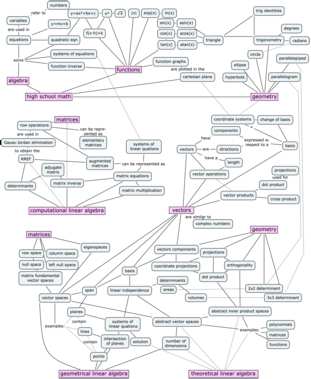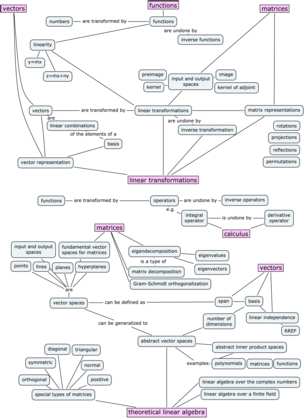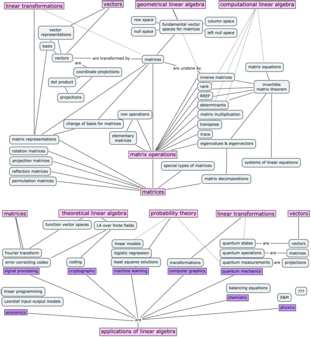I spent the last month at the chalet in Petkovo, the village where my grandfather is from. Check out the view from my office:
I have good progress to report on the linear algebra book. Sandy (my editor) has gone through the first few chapters and looks on track to finish editing the book by the end of October, which means the NO BS guide to LA will be available in print soon.
On my side, I’ve been working on the applications chapter. In this chapter I discuss all the cool things you can do using linear algebra. The topics covered include linear programming, error correcting codes, solving for the voltages in electric circuits, and other applications to economics and science. It really feels good to be able to discuss all these applications, and substantiate the claim I make in the book’s introduction, namely, that learning linear algebra will open many doors for the reader.
In other news, I think I’ve finally found a civilized way to generate html and .epub versions of the book: polytexnic, which is part of the softcover platform for self-publishers. Here’s a quote from the documentation:
The real challenge is producing EPUB and MOBI output. The trick is to (1) create a self-contained HTML page with embedded math, (2) include the amazing MathJax JavaScript library, configured to render math as SVG images, (3) hit the page with the headless PhantomJS browser to force MathJax to render the math (including any equation numbers) as SVGs, (4) extract self-contained SVGs from the rendered pages, and (5) use Inkscape to convert the SVGs to PNGs for inclusion in EPUB and MOBI books. Easy, right? In fact, no—it was excruciating and required excessive amounts of profanity to achieve. But it’s done, so ha.
Stay tuned for .epub version of the books in the No BS guide series.






